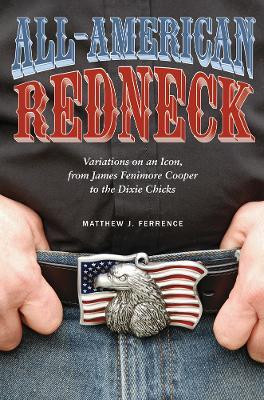All-American Redneck(English, Hardcover, Ferrence Matthew J.)
Quick Overview
Product Price Comparison
In contemporary culture, the stereotypical trappings of "redneckism" have been appropriated for everything from movies like Smokey and the Bandit to comedy acts like Larry the Cable Guy. Even a recent president, George W. Bush, shunned his patrician pedigree in favor of cowboy "authenticity" to appeal to voters. Whether identified with hard work and patriotism or with narrow-minded bigotry, the Redneck and its variants have become firmly established in American narrative consciousness. This provocative book traces the emergence of the faux-Redneck within the context of literary and cultural studies. Examining the icon's foundations in James Fenimore Cooper's Natty Bumppo-"an ideal white man, free of the boundaries of civilization"-and the degraded rural poor of Erskine Caldwell's Tobacco Road, Matthew Ferrence shows how Redneck stereotypes were further extended in Deliverance, both the novel and the film, and in a popular cycle of movies starring Burt Reynolds in the 1970s and '80s, among other manifestations. As a contemporary cultural figure, the author argues, the Redneck represents no one in particular but offers a model of behavior and ideals for many. Most important, it has become a tool-reductive, confining, and (sometimes, almost) liberating-by which elite forces gather and maintain social and economic power. Those defying its boundaries, as the Dixie Chicks did when they criticized President Bush and the Iraq invasion, have done so at their own peril. Ferrence contends that a refocus of attention to the complex realities depicted in the writings of such authors as Silas House, Fred Chappell, Janisse Ray, and Trudier Harris can help dislodge persistent stereotypes and encourage more nuanced understandings of regional identity. In a cultural moment when so-called Reality Television has turned again toward popular images of rural Americans (as in, for example, Duck Dynasty and Moonshiners), All-American Redneck reveals the way in which such images have long been manipulated for particular social goals, almost always as a means to solidify the position of the powerful at the expense of the regional.


